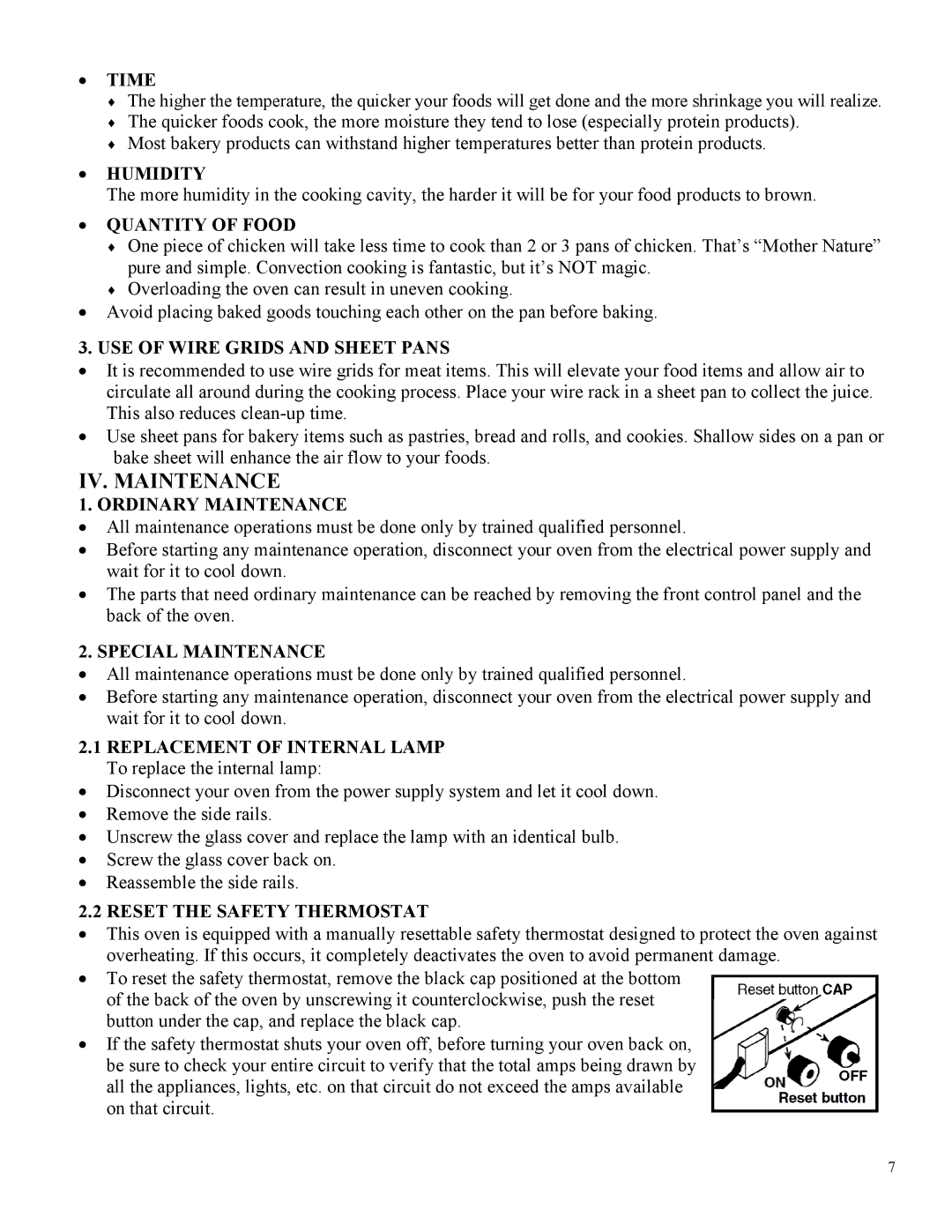POV-003 specifications
The Broil King POV-003 is a versatile and remarkably efficient outdoor cooking appliance, designed to elevate your grilling experience to new heights. As a part of Broil King’s esteemed line of grills, the POV-003 embodies premium craftsmanship, innovative technologies, and user-friendly features that cater to both novice and seasoned grillers alike.One of the standout features of the POV-003 is its robust construction. Crafted from durable materials, this grill features heavy-duty stainless steel components that ensure longevity and resistance to rust and weather elements. The strong frame is complemented by a precision-engineered lid, which excels in heat retention and distribution, a vital factor for achieving perfect sear marks and even cooking.
Another significant characteristic of the Broil King POV-003 is its ample cooking space. It boasts a spacious primary grilling area, allowing for ample food capacity, perfect for family meals or gatherings. The cooking grates are made from high-quality cast iron, which not only enhances heat retention but also provides excellent heat distribution. This ensures that your meats and vegetables are cooked to perfection every time.
In terms of technology, the POV-003 utilizes Broil King's renowned Flav-R-Wave cooking system. This innovative feature allows for the perfect capture of juices, infusing rich flavors into your food while simultaneously vaporizing drippings for a tantalizing smoky flavor. Additionally, the grill incorporates stainless steel burners that deliver consistent heat and are adjustable for precise temperature control.
The Broil King POV-003 also offers a user-friendly experience with its built-in ignition system, featuring an electronic ignition for quick and reliable starts. The integrated thermometer allows for accurate monitoring of internal cooking temperatures, so you can achieve your desired doneness without guessing.
Furthermore, the grill design includes convenient side shelves that provide extra workspace for food preparation and plating. This enhanced functionality makes it easier than ever to grill with ease and efficiency.
In conclusion, the Broil King POV-003 combines innovative technology, premium materials, and practical features to create an outstanding grilling solution. Whether you are grilling steaks, vegetables, or even baking, the POV-003 is engineered to deliver delicious results every time, making it a reliable companion for outdoor cooking enthusiasts.

